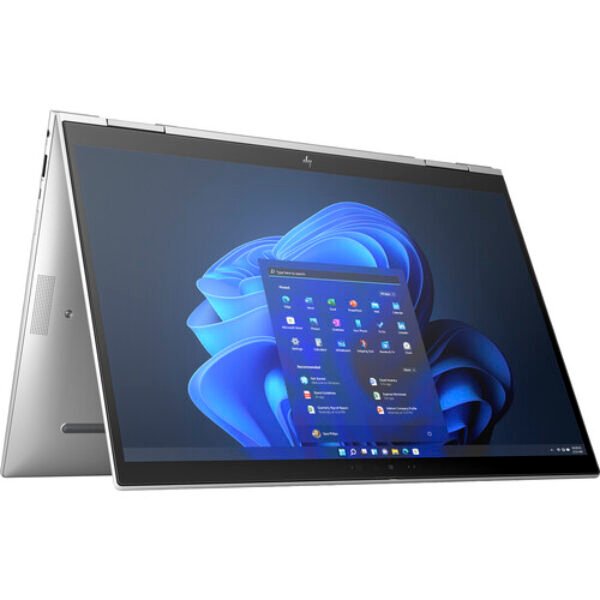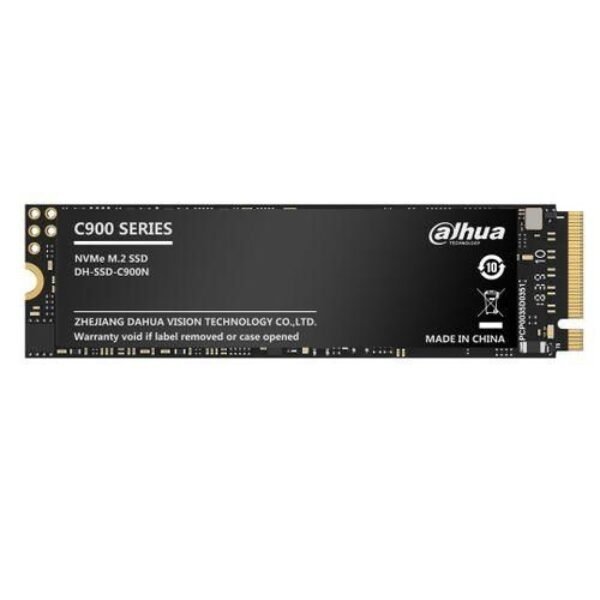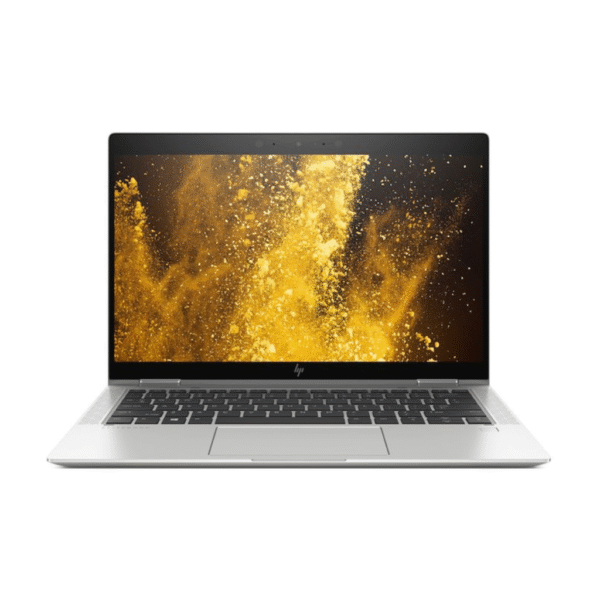Description
Introduction to the Dahua C900 SSD
The Dahua C900 512GB NVMe SSD stands out as a remarkable storage solution within the broad landscape of solid-state drives. Designed to cater to a variety of computing needs, this drive leverages the advanced capabilities of NVMe (Non-Volatile Memory Express) technology, which significantly enhances data transfer rates and system responsiveness. The Dahua C900 SSD achieves impressive maximum read speeds of up to 3500 MB/s and write speeds of up to 3000 MB/s, making it highly suitable for tasks that require rapid data processing, such as gaming, video editing, and data analytics.
NVMe technology is pivotal in contemporary computing environments as it allows for faster communication between the storage device and the central processing unit (CPU). Unlike traditional SATA SSDs, which utilize the older AHCI protocol and typically face bandwidth limitations, NVMe drives like the Dahua C900 unlock the full potential of PCIe (Peripheral Component Interconnect Express) connections. This synergy between NVMe and PCIe facilitates quicker data retrieval and reduced latency, which together contribute to a markedly improved user experience.
In the realm of solid-state drives, the Dahua C900 512GB NVMe SSD is positioned to meet the needs of both everyday users and professionals requiring higher performance. Its compact M.2 2280 form factor not only allows for easy installation within a multitude of devices, including laptops and desktops, but also contributes to efficient space utilization within computing systems. Moreover, the C900 series is optimized for multi-tasking and parallel processing, which makes it an ideal choice for users looking to enhance their system’s multitasking capabilities. This introduction sets the stage for a deeper examination of the components and features that make the Dahua C900 SSD a compelling option in the competitive SSD market.
Advanced 3D NAND Technology
The Dahua C900 512GB NVMe SSD leverages advanced 3D NAND technology, which represents a significant evolution from traditional 2D NAND architecture. 3D NAND technology encompasses the arrangement of memory cells vertically in multiple layers, which optimizes space utilization while enhancing data storage capacity and performance. This stacking approach effectively increases chip density, allowing manufacturers to produce higher-capacity drives without correspondingly increasing the physical footprint of the SSD.
In contrast to 2D NAND, where the memory cells are laid out in a single layer, 3D NAND mitigates several inherent challenges associated with 2D structures. One of the key advantages of the 3D design is its ability to minimize interference between memory cells, which significantly reduces the risk of data corruption. As a result, SSDs utilizing this technology tend to achieve greater endurance and longevity, extending their operational life in comparison to their 2D counterparts.
Furthermore, the adoption of 3D NAND technology in the Dahua C900 translates to improved performance metrics, including faster read and write speeds. The ability to stack cells allows for parallel data processing, which is crucial in optimizing the overall speed of the SSD. In high-demand environments, where rapid data access is critical, the benefits of this advanced technology become even more pronounced.
Additionally, the 3D NAND architecture contributes to lower power consumption, an attribute that enhances the efficiency of the drive, especially in portable devices where energy resources are limited. The synergy between increased density, enhanced performance, and reduced power usage underscores why 3D NAND technology is favored in contemporary SSD designs. As a result, consumers can expect not only superior performance but also reliability and endurance from the Dahua C900 512GB NVMe SSD.
Performance Features: PCIe 3.0 and NVMe 1.3 Protocols
The Dahua C900 512GB NVMe SSD is equipped with the PCIe 3.0 x4 interface and the NVMe 1.3 protocol, both essential technologies that significantly enhance its performance capabilities. The PCIe 3.0 interface offers a substantial increase in data transfer rates compared to its predecessors. With four lanes of data transfer, the C900 can achieve speeds that are often unattainable with traditional SATA SSDs. This is primarily due to the parallel processing capabilities of the PCIe architecture, which allows simultaneous data transactions, thereby optimizing bandwidth and reducing latency.
By incorporating the NVMe 1.3 protocol, the Dahua C900 further capitalizes on the strengths of PCIe, facilitating efficient communication between the storage device and the host system. NVMe, or Non-Volatile Memory Express, is specifically designed to harness the potential of flash storage, enabling it to perform at much higher speeds than SATA interfaces, which were originally designed for slower hard drives. The efficiency of NVMe 1.3 allows for lower power consumption and improved thermal management, making it particularly suitable for demanding applications such as gaming, professional software tools, and multitasking scenarios.
The performance gap between NVMe SSDs like the Dahua C900 and SATA SSDs is noteworthy. For instance, while traditional SATA SSDs might offer speeds around 500-600 MB/s in sequential read and write operations, the C900 can reach speeds exceeding 2000 MB/s due to the combination of its PCIe 3.0 interface and NVMe 1.3 protocol. This significant performance enhancement translates directly to faster boot times, quicker load times for applications, and a smoother overall user experience, especially under heavy workloads or during intensive gaming sessions. The adoption of these technological advancements positions the Dahua C900 as a superior choice for users seeking high-performance storage solutions.
Thermal Management and Reliability Technologies
The Dahua C900 512GB NVMe SSD is engineered with advanced thermal management features that significantly enhance performance and reliability. One of the standout components is its all-metal cooling plate, which plays a critical role in heat dissipation. By effectively managing heat, this cooling solution prevents thermal throttling, allowing the SSD to maintain optimal performance under heavy workloads. The intelligent temperature control technology incorporated into the Dahua C900 monitors the drive’s thermal conditions in real-time, adjusting operational parameters to prevent overheating. This proactive management ensures that the SSD operates at its peak efficiency, preserving its lifespan and performance integrity.
In addition to its thermal management systems, the Dahua C900 SSD benefits from several key reliability technologies. The TRIM feature is central to the drive’s performance, allowing the operating system to inform the SSD about which data blocks are no longer in use. This ability to manage unused data not only improves write speeds but also optimizes the longevity of the SSD by reducing unnecessary write amplification. Furthermore, full-disk SLC (Single-Level Cell) cache technology is employed, enabling faster data access and improved write performance. By temporarily storing incoming data in this fast-access cache, the SSD provides a significant speed boost during intensive tasks.
Lastly, the Dahua C900 utilizes LDPC (Low-Density Parity-Check) ECC (Error-Correcting Code) technology, which plays a vital role in maintaining data integrity. This advanced error detection and correction mechanism ensures that data stored on the SSD remains accurate and reliable over time. By proactively correcting potential data errors, LDPC ECC enhances not only the reliability but also the overall performance of the Dahua C900, making it a robust choice for users seeking a high-performance storage solution.
Low Power Consumption and Energy Efficiency
The Dahua C900 512GB NVMe SSD stands out not only for its impressive performance but also for its low power consumption features, which contribute significantly to energy efficiency. In today’s tech landscape, where energy use is a growing concern, opting for devices that minimize power consumption can have lasting benefits for both users and the environment. The Dahua C900 is engineered to operate at lower voltages compared to traditional hard drives and other SSDs, resulting in reduced energy use during active and idle states.
This energy-efficient operation is particularly advantageous in portable computing devices, such as laptops, where battery lifespan is critical. The C900’s low power consumption directly translates to longer battery life, allowing users to engage in their tasks over extended periods without needing frequent recharges. Such an outcome is essential for professionals who may rely on their devices during lengthy travels or work outside the office, where access to chargers might be limited.
Moreover, the cooler operation of the Dahua C900 SSD enhances overall system performance. Traditional hard drives often run hot, leading to thermal throttling that can diminish performance over time. In contrast, the energy-efficient design of the C900 SSD minimizes heat generation, thus promoting better thermal management within the system. This reduction in heat not only contributes to a more stable computing environment but also extends the lifespan of the SSD and other components within the device.
By integrating the Dahua C900 SSD into computing systems, users are making a choice that aligns with environmentally-friendly solutions. This choice reflects a commitment to reducing energy costs and fostering sustainability in technology. The combination of high performance and low power consumption makes the C900 SSD an attractive option for tech-savvy consumers dedicated to optimizing performance while remaining environmentally conscious.
Product Selector
| Technical | |||||||||||||||||||||||||||||||||||||||||||||||||||||||||||
| Product Model | DHI-SSD-C900VN256G | DHI-SSD-C900VN512G | DHI-SSD-C900VN1TB | DHI-SSD-C900VN2TB | |||||||||||||||||||||||||||||||||||||||||||||||||||||||
| Capacity1 | 256 GB | 512 GB | 1 TB | 2 TB | |||||||||||||||||||||||||||||||||||||||||||||||||||||||
| Form Factor | M.2 2280 | ||||||||||||||||||||||||||||||||||||||||||||||||||||||||||
| Port | PCIe Gen 3.0 x 4 | ||||||||||||||||||||||||||||||||||||||||||||||||||||||||||
| Net Weight | Max. 8 g (0.02 lb) | ||||||||||||||||||||||||||||||||||||||||||||||||||||||||||
| Product Dimensions2 | 80.00 mm × 23.00 mm × 4.80 mm (3.15″ × 0.91″ × 0.19″) | ||||||||||||||||||||||||||||||||||||||||||||||||||||||||||
| Packaging Dimensions | 130 mm × 104 mm × 17 mm (5.12″ × 4.09″ × 0.67″) | ||||||||||||||||||||||||||||||||||||||||||||||||||||||||||
| Memory Component | 3D NAND FLASH | ||||||||||||||||||||||||||||||||||||||||||||||||||||||||||
| Power Consumption3 | 2.8 W (max); 0.17 W (idle) | 3.689 W (max); 0.611 W (idle) | 3.95 W (max); 0.05 W (idle) | 4.15 W (max); 0.06 W (idle) | |||||||||||||||||||||||||||||||||||||||||||||||||||||||
| S.M.A.R.T | Yes | ||||||||||||||||||||||||||||||||||||||||||||||||||||||||||
| TRIM | Yes | ||||||||||||||||||||||||||||||||||||||||||||||||||||||||||
| Garbage Collection | Yes | ||||||||||||||||||||||||||||||||||||||||||||||||||||||||||
| Sequential Read3 | Up to 3,300 MB/s | Up to 3,300 MB/s | Up to 3,400
MB/s |
Up to 3,400
MB/s |
|||||||||||||||||||||||||||||||||||||||||||||||||||||||
| Sequential Write3 | Up to 1,200
MB/s |
Up to 2,700
MB/s |
Up to 3,000
MB/s |
Up to 3,000
MB/s |
|||||||||||||||||||||||||||||||||||||||||||||||||||||||
| 4K Random Read3 | Up to 124400 | Up to 175800 | Up to 151200 | Up to 544300 | |||||||||||||||||||||||||||||||||||||||||||||||||||||||
| 4K Random Write3 | Up to 177900 | Up to 113900 | Up to 90600 | Up to 403900 | |||||||||||||||||||||||||||||||||||||||||||||||||||||||
| MTBF | 1,500,000 hours | ||||||||||||||||||||||||||||||||||||||||||||||||||||||||||
| Operating Temperature | 0 °C to +70 °C (+32 °F to +158 °F) | ||||||||||||||||||||||||||||||||||||||||||||||||||||||||||
| Storage Temperature | –40 °C to +85 °C (–40 °F to +185 °F) | ||||||||||||||||||||||||||||||||||||||||||||||||||||||||||
| Operating Humidity | 5%–95% (non-condensing) | ||||||||||||||||||||||||||||||||||||||||||||||||||||||||||
| Vibration Resistance | 10–200Hz, 0.5G | ||||||||||||||||||||||||||||||||||||||||||||||||||||||||||
| Shock Resistance | 1,500 G/0.5 ms (half sine wave) | ||||||||||||||||||||||||||||||||||||||||||||||||||||||||||
| TBW | 128 TB | 256 TB | 512 TB | 2000 TB | |||||||||||||||||||||||||||||||||||||||||||||||||||||||
| Warranty4 | 3-year limited warranty | ||||||||||||||||||||||||||||||||||||||||||||||||||||||||||
| Reference Information | 1. Capacity calculation: 1GB = 1 billion bytes (IDEMA). Actual available capacity might be reduced (due to formatting, partition, operating system applications, or other necessary usage).
2. System configuration of performance test: Chip-Intel Z270 Chipset, Intel Core i7-7700K@4.2GHz, 8GB DDR4; operating system-Windows 10 x64; testing tool-CrystalDiskMark 8.11.2. 3. Warranty period or maximum write amount (TBW), whichever comes first. 4. High performance SLC cache has been enabled. *Above data based on internal testing of Zhejiang Huayixin Technology Co., Ltd Laboratory. |
||||||||||||||||||||||||||||||||||||||||||||||||||||||||||






Reviews
There are no reviews yet.